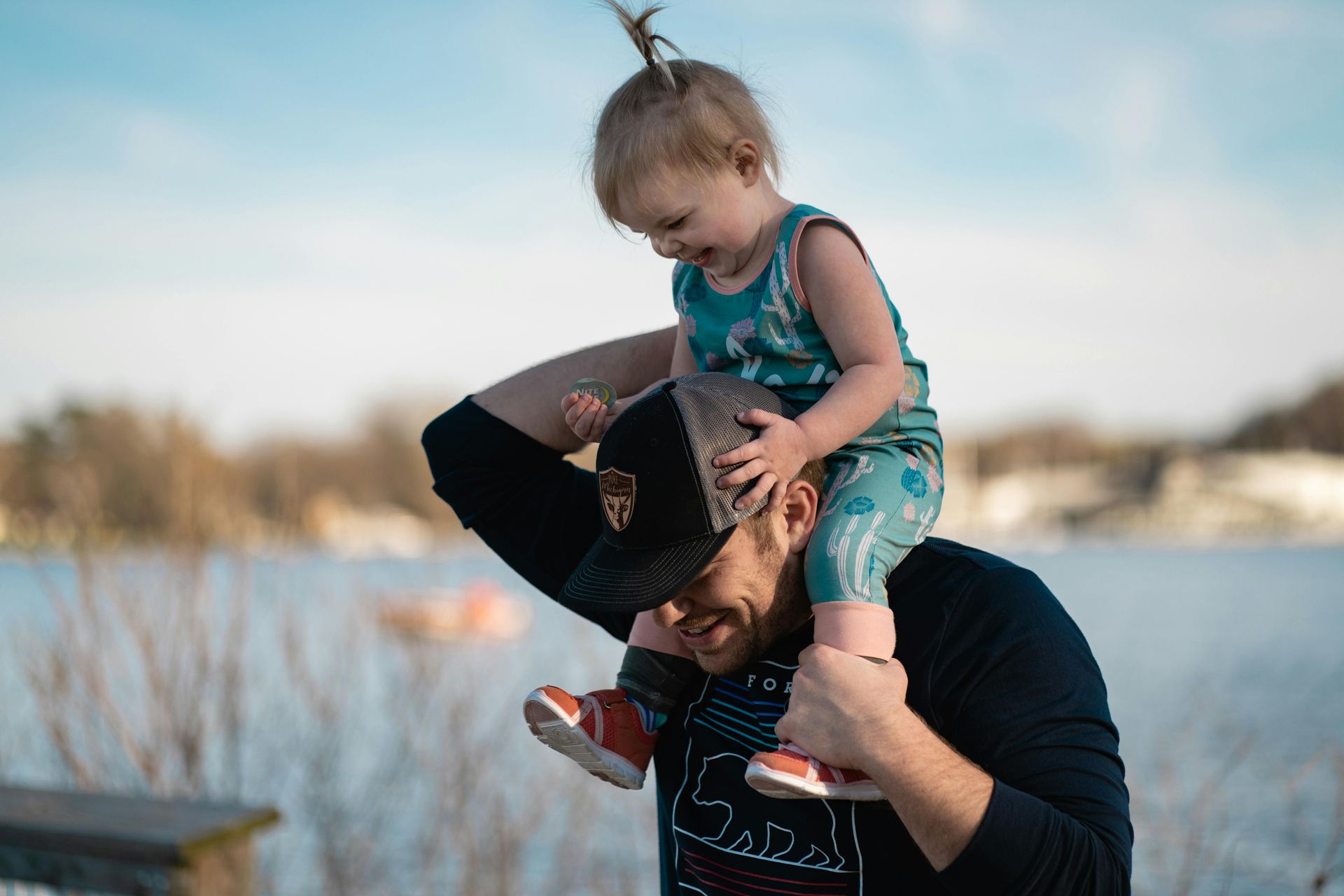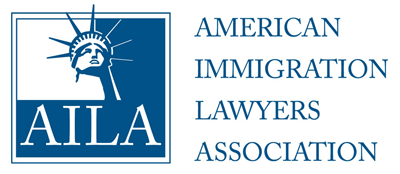Documentos conjuntos de Buena Fe: Cómo comenzar a cumplir con el requisito de evidencia USCIS I-130 para un matrimonio

La Petición I-130 de Pariente Extranjero es un “Proceso de Verificación de Relaciones” que crea un alto nivel de “requisitos de documentos” para presentaciones basadas en el matrimonio. Cuanto más joven es la relación/matrimonio, menos evidencia existe generalmente. Esta entrada de blog discutirá cómo iniciar los preparativos antes de presentar un I-130 (o si un I-130 ya está pendiente, cómo aumentar la evidencia).
Para comenzar una vida juntos, USCIS ha dividido muchos aspectos de una relación en categorías. Para todas las relaciones, Fotos y Comunicación, son absolutamente necesarias y son excelentes lugares de partida para reforzar su buena fe evidencia. Las siguientes categorías añadirán más estructura a sus preparativos
Primera categoría de evidencia: Fotos de relaciones conjuntas
A continuación se muestra una revisión más exhaustiva de cuántas fotos conjuntas para proporcionar:
Segunda categoría de evidencia: Combinación de Finances
Se espera que los cónyuges tengan acceso al dinero / finanzas de los demás. Una cuenta bancaria conjunta es MANDATORIA si el inmigrante tiene un Número de Seguro Social. Cuando alguien no tiene un Número de Seguro Social, los bancos generalmente no pueden agregar un inmigrante en una cuenta, ya que el Número de Seguro Social es necesario para el Cumplimiento de la FDIC o como una política bancaria.
Si usted es capaz de tener una Cuenta Conjunta, USCIS requeriría 12 meses de estados de cuenta, o tantos como sea posible. Es decir, si usted ha estado casado por 2 años, y tiene una cuenta conjunta por 3 años, USCIS querría 3 años de estados de cuenta bancarios. Cuanto más mejor.
Tercera Categoría de Evidencia: Declaraciones de Impuestos Conjuntos
A ningún ciudadano estadounidense le gusta “jugar” con las presentaciones del IRS. Como tal, la Declaración de Impuestos del IRS 1040 y la Transcripción de Declaración de Impuestos del IRS es una gran evidencia para probar un matrimonio. Aunque generalmente se necesita un Número de Seguro Social, los inmigrantes (e incluso los ciudadanos estadounidenses) pueden buscar en un ITIN o Número de Identificación Individual del Contribuyente para facilitar la declaración de impuestos “conjunta”.
Cuarta Categoría de Evidencia: Hogar Marital
Esta categoría es probablemente la más aplicable a las parejas casadas. la siguiente lista puede mostrar cuántas cosas se pueden usar realmente para ayudar a probar el hogar conyugal:
Obligatorio:
- El contrato de arrendamiento nombra a un ciudadano estadounidense y cónyuge inmigrante o una carta del propietario o la administración de la propiedad que indique la cohabitación de ambos cónyuges.
- Escritura de casa nombrando a ambos cónyuges.
Recomendamos encarecidamente que proporcione al menos 3 de los siguientes que contengan LOS NOMBRES DE AMBOS CÓNYUGES:
- Factura/Declaración de electricidad/agua/aguas residuales
- factura/Declaración de Internet
- factura/Declaración de teléfono
- Banco Declaraciones (un artículo que puede aparecer arriba en las finanzas de comingling y aquí en casa marital)
- factura/declaración de seguro médico
- factura/declaración de seguro de automóvil
- propiedad Factura/extracto de seguro
- Historial de pedidos de Amazon que muestra LO MISMO DIRECCIÓN y suplentes entre ambos cónyuges
- correo no amazónico y. Paquetes que muestran LA MISMA DIRECCIÓN y se alternan entre ambos cónyuges
Quinta Categoría de Evidencia: Comunicación Constante
Si su relación comenzó hace 5 años, entonces USCIS espera evidencia que abarca 5 años. Aunque es una presentación de matrimonio, USCIS quiere ver la relación completa y la comunicación es 100% obligatoria para cualquier matrimonio. Idealmente, USCIS desea ver prueba de comunicación para las siguientes fases de la relación:
- Fase de reuniones/Amistad/Citas
- fase de compromiso
- fase de matrimonio
Los tipos de prueba de comunicación pueden ser:
- Registros de llamadas y mensajes de texto
- Mensajero de Facebook
- Whatsapp conversaciones (capturas de pantalla)
- conversaciones de Wechat
- Snapchat
- cartas de amor fechadas o cartas de Bootcamp
- correos electrónicos
Capturas de pantalla de videollamadas
Sexta Categoría de Evidencia: militares relacionados
En las Fuerzas Armadas de los Estados Unidos, se requiere que se añada un cónyuge al Sistema DEERS, que proporciona lo siguiente:
- Tricare y un id de dependiente militar
- SGLI, una póliza de seguro de vida de $400,000
- imenes militares como un informe RED, registro individual básico, registro de datos de emergencia (formulario DD 93) o resumen de registro alistado
Ambos son grandes registros matrimoniales que se proporcionarán a USCIS. Puede encontrar más orientación aquí:
Séptima Categoría de Evidencia: Redes Sociales
Las publicaciones en las redes sociales son piezas de evidencia ideales para los individuos más jóvenes y son bastante comunes. A USCIS le gusta esta forma de evidencia porque las publicaciones en redes sociales están (1) con sello de tiempo, y (2) pueden vincular a las personas presentes en la publicación o foto. Además, mantener a usted y a su cónyuge al público como “una relación” o como “cónyuge” ayuda a mostrar a un oficial que otro importante es importante en la vida de alguien.
No, las redes sociales no necesitan ser proporcionadas por ambos cónyuges. Es decir, al menos 1 cónyuge puede ser capaz de proporcionar este tipo de evidencia. Sin embargo, ambos cónyuges compartiendo sus vidas en las redes sociales, y se recomienda que se proporcionen todas las publicaciones y fotos a USCIS. Cuantas más pruebas, mejor. Las capturas de pantalla de las publicaciones son suficientes.
Octava Categoría de Evidencia (Pero no realmente Evidencia): Introducir y Cronograma su relación para USCIS
Un resumen, introducción y línea de tiempo de una relación pueden ayudar a “condensar” una relación en una instantánea rápida. “Una carta a su oficial de USCIS” es una buena cortesía. El siguiente post le ayudará a explicar más. Sin embargo, un resumen es INSUFICIENTE por sí mismo. Debe haber pruebas para probar una relación, y una carta no se considera evidencia.
Descargo de Responsabilidad: El abogado o editor de un bufete de abogados pone a disposición este Blog solo con fines educativos, así como para brindarle información general y una comprensión general de la ley, no para proporcionar asesoramiento legal específico. Al utilizar este sitio de blog, comprende que no existe una relación abogado-cliente entre usted y el editor del Blog / Sitio web. El Blog no debe utilizarse como un sustituto de asesoramiento legal competente de un abogado profesional con licencia en su estado.












